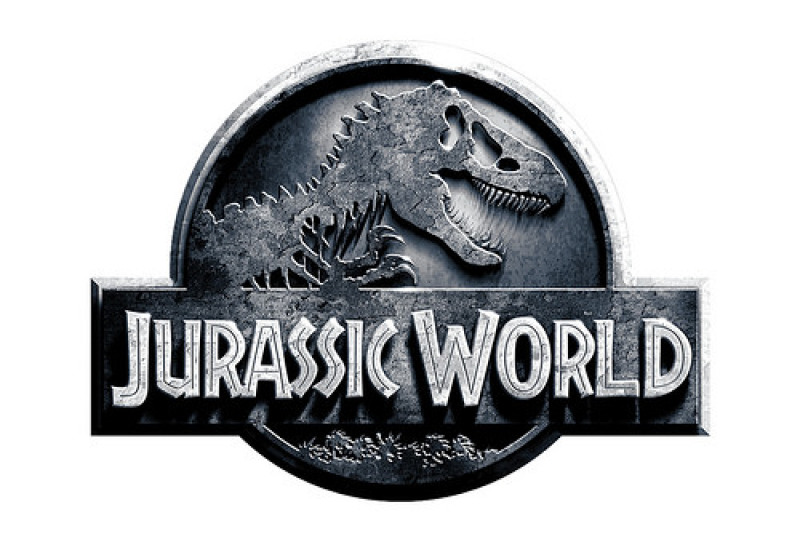
Just how accurate were the dinosaurs interpreted in Colin Trevorrow's action film "Jurassic World"?
Palaeontologists Paul Barrett, president of the Palaeontographical Society and a researcher at London's Natural History Museum and Steve Brusatte from the University of Edinburgh spoke with Wired UK and discussed the dinosaurs they found in the movie, and compared it to the 1993 "Jurassic Park" film created by Steven Spielberg.
They have nothing but praises for "Jurassic Park," and Barrett commends it for showing "behaviorally complex animals - not just souped-up lizards."
"It was probably the single most important thing to happen to the field of paleontology over the past several decades," added Brusatte. "The film led to more people studying paleontology, more funding for the field and more jobs."
However, they believe that the new "Jurassic World" film lacked thorough research. One of the things scientists have discovered over the past few years is that many dinosaurs actually have feathers, but it sadly was not incorporated in the film.
One of these dinosaurs with feathers is the velociraptor, which unfortunately was depicted wrongly in the film. The real thing "were little poodle-sized things you could have as pets if they weren't liable to disembowel you," said Brusatte.
"Velociraptor had feathers, and it had a wing, but it probably couldn't fly and we don't know what colour it is," he added.
In the film, it was shown that the velociraptors were able to communicate, but palaeontologists have not found any signs that they are able to, although they admitted that these small dinosaurs were pretty smart and had great sense of smell.
The mosasaur, on the other hand, was introduced in "Jurassic World" as its first sea-life attraction. But Barrett says: "They are not dinosaurs, but close relatives of snakes and monitor lizards that lived in water during the latter part of the Cretaceous period."
They are actually closely related to the Komodo Dragon. And while it's true that they are huge, in the film they are just way too big.
The ankylosaurus, on the other hand, were plant-eating dinosaurs so it's doubtful that they would use their tails to smash glass just like in the film to prey on people. "There is some evidence that some ankylosaurs -- Pinacosaurus, which lived in the Gobi Desert -- may have been social, because several of their skeletons are found together," said Brusatte.
But "Jurassic World" fortunately gave a correct interpretation of the Apatosaurus. "That actually seemed to be reasonably good," noted Barrett. "They were long-necked, plant-eaters, up to 25m long. There might be some small things with some of the sizes things are depicted at, but it's difficult to get a sense of scale."
The two believe that "Jurassic World" missed a great opportunity with its depiction of dinosaurs, and it might end up to some scientists feeling disappointed. In conclusion, Brusatte said that people should not look to the film for its accuracy, while Barrett said that its creators should be cut some slack.
"If this was a documentary I would be outraged. But it's entertainment," he said.



















